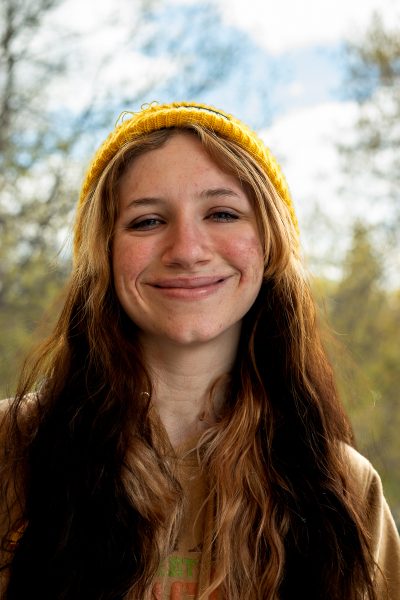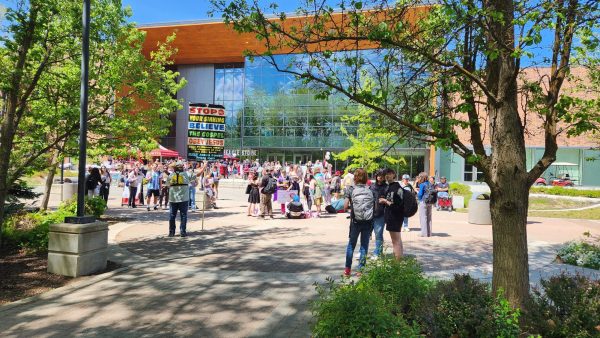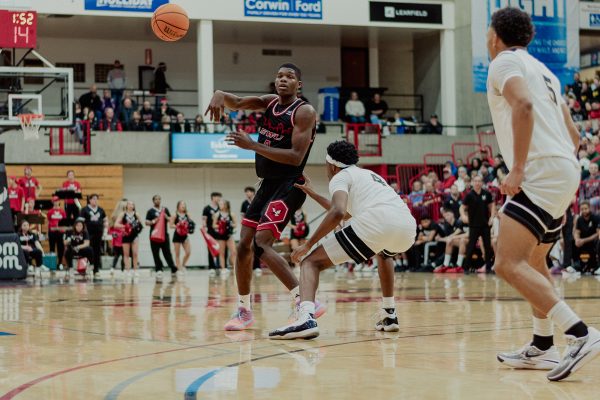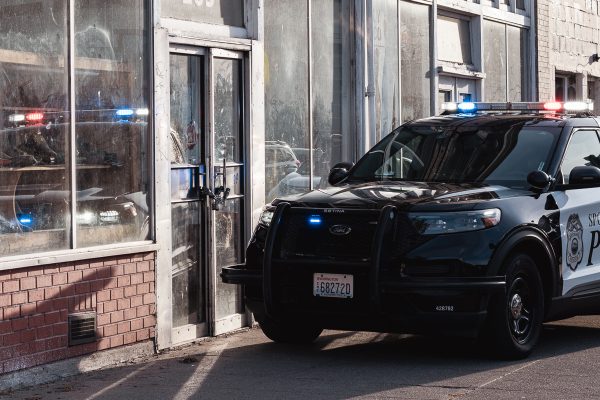Roos Field renovation proposal postponed until October
Athletic Director Lynn Hickey announces delay at board of trustees meeting
Athletic director Lynn Hickey and senior associate athletics director for external affairs Devon Thomas sit in front of the board of trustees on Friday. The BOT approved Hickey’s decision to postpone the Roos Field renovation proposal until another meeting in October. This meeting occurred in 2019.
May 10, 2019
Eagle football fans eagerly looking forward to a renovation proposal for Roos Field will have to wait until the fall. At the board of trustees meeting today, the BOT approved EWU Athletic Director Lynn Hickey’s request to delay completion of the pre-design phase until October.
“I know that everybody is anxiously waiting for renderings and the cost and what we’re going to do to enhance the stadium,” Hickey said. “But at this time, we really feel that we need to continue to work with the architects to further review the scope of the project.”
In November 2018, the university hired the ALSC Architects of Spokane to assist in the pre-design process and set out a functional plan for updating the facility. Hickey said that although they have a “good foundation for a plan,” more work has to be done.
ALSC met with a number of focus groups in the past few months to determine a number of “guiding principles” for the stadium’s most pressing needs. Among the list were phrases like “game day experience,” “be Spokane’s team” and “campus connectivity.” In addition to those, Hickey said the athletic department needs to consider the long-term needs of the student-athletes and coaches, and look to add more exclusive seats.
“We need to address enhanced and additional premium seating to allow us to increase our football revenue numbers,” Hickey said. “It’s not so much that we need a lot more seats, but we need premium seating that we can add some extra amenities.”
Hickey cited the football team’s FCS playoff run as one reason for the delay, but added that the waiting period “will not greatly alter our timeline.” With the board’s approval, the athletic department will present pre-design renderings and a business plan at the Oct. 4 BOT meeting.
In the meantime, Hickey said the department will continue strengthening fundraising while also identifying a financing plan and potential donors. Because it is against state law for the university to pitch in money, the renovations will need to be completely self-supportive and will rely heavily on contributions from fans and alumni.
Devon Thomas, the senior associate athletics director for external affairs, spoke during the presentation about the department’s fundraising efforts so far this year.
There are two ways to donate: through the Eagle Athletic Fund and by contributing to a specific team or project. Thomas said that the latter are “restricted” funds, meaning they can only be used on certain things the donor specifies. The EAF is “unrestricted,” but is used primarily for allocating scholarships.
Focusing just on the EAF, $381,136 has been contributed as of May 6. This is a 30% uptick from the entire 2018 fiscal year. Combining the EAF and the “restricted” funds, $666,485 has been raised, compared to $634,967 all of last year. Since the department’s fiscal year runs through June, Thomas said “every dollar that comes in is icing at this point.”
He also noted that the numbers will continue to increase as more already-placed donations start to be reflected.
“Since February 1, from a major gift standpoint, we’ve had seven commitments to the EAF of more than $10,000,” Thomas said. “Three of those over $50,000.”
Thomas said only two of those seven donations have been partially accounted for. Last month, a record of over $130,000 was raised at the 38th Annual Orland Killin Scholarship Dinner. All the proceeds go to the EAF and have yet to be added to the tally.
The last major renovation to the football facilities was completed in 2004 when a three-phase, $4.5 million project added a press box and an additional 1,100 seats to the south end zone. Nine of the 13 Big Sky Conference football stadiums have undergone renovations in the past 15 years since EWU had its last. Hickey also noted that it’s been 20 years since the football locker room was updated.
“It is time to address one of the most visible structures on our campus—the largest gathering place for Eagles,” Hickey said. “The needs for the stadium to have a face lift are legitimate and they must be addressed in a timely manner for the success of our football recruiting and competitive success as well as addressing our fan experience.”
In 2012, a $65 million multi-use facility defined as the “Gateway Project” was proposed, but fell through due to a lack of funding. The project included two locker rooms, suites, a training room and a new university bookstore, among other components.
Although it is currently unknown how much these new renovations would cost, Hickey and the athletic department are mindful of their responsibility to develop “a project that is realistic and financially sound and is in the best interest of our campus and external community.”
“We want this project badly for a number of reasons,” Hickey said. “But we have to be able to demonstrate the value of the project. We must balance our dreams with our realities. And if we don’t do that, we won’t be successful in completing this project.”



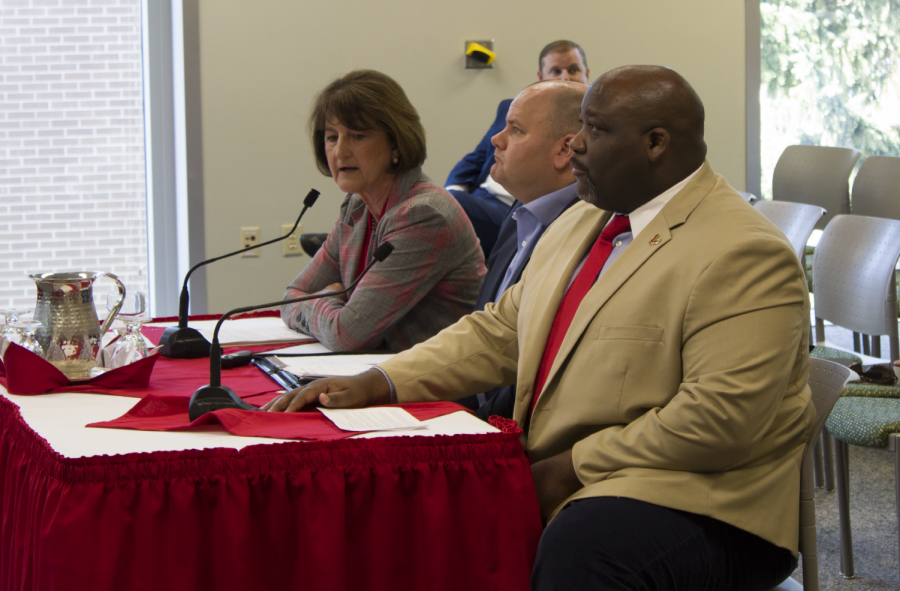
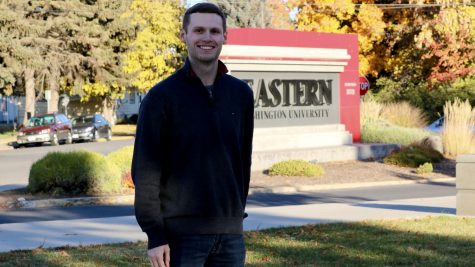


![Simmons said the biggest reasons for her success this year were “God, hard work, and trusting [her] coach and what she has planned.”](https://theeasterner.org/wp-content/uploads/2024/05/image1-1-1200x800.jpg)

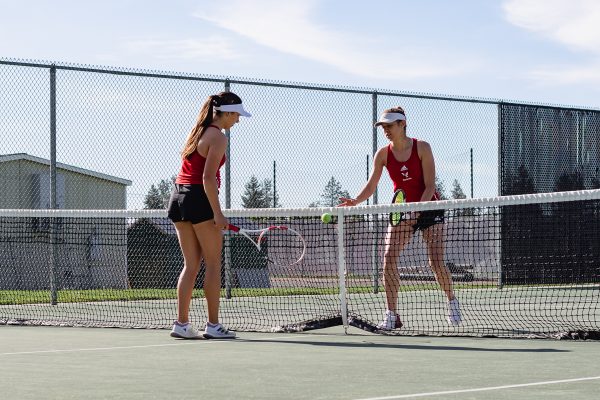
![Simmons said the biggest reasons for her success this year were “God, hard work, and trusting [her] coach and what she has planned.”](https://theeasterner.org/wp-content/uploads/2024/05/image1-1-600x400.jpg)

